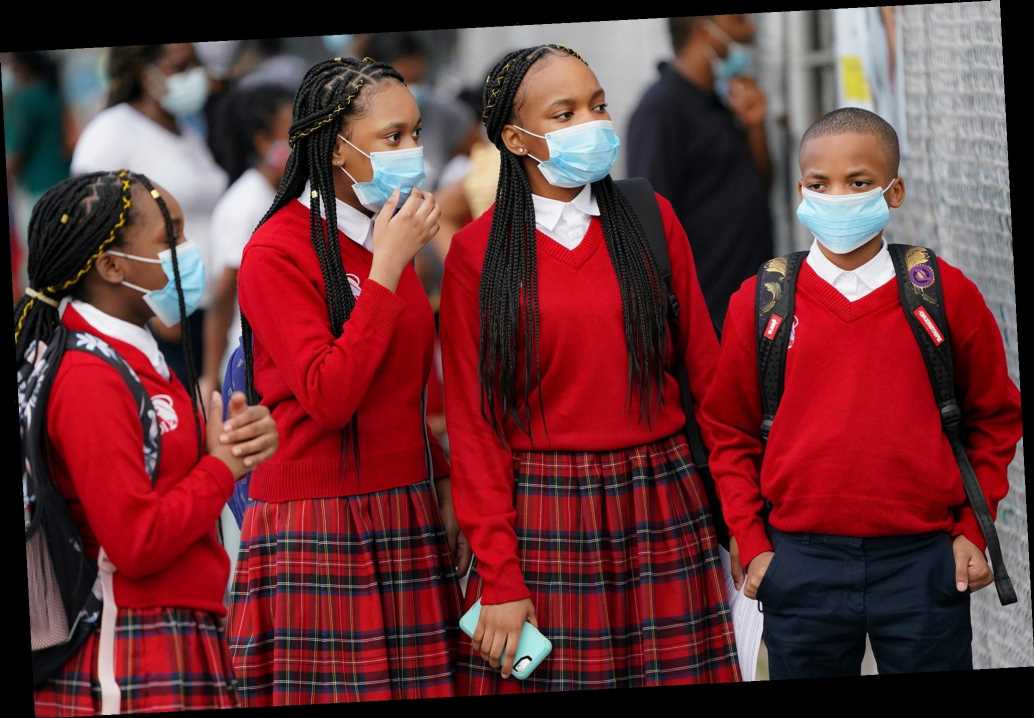With very different approaches, the Success Academy and the Catholic school systems are showing how leaders who actually put education first can handle the challenge of restarting schools amidst a pandemic.
The 20,000-student, 47-school Success Academy network had intended to offer a “hybrid” approach similar to what the regular public-school system promises. But in the face of the city’s constantly changing and insanely complex rules for the use of public-school buildings, Success opted to go all-remote through December.
Now critics are complaining about the rigor of Success’ all-online curriculum — but finding ways to make remote learning work is surely what parents want.
By the way, Success high schoolers began remote classes Aug. 4; other grades started Aug. 24. The regular system put off its planned start of classes to Sept. 16 for remote work and Sept. 21 for (some) in-school instruction — with the later date still in doubt thanks to the threats of United Federation of Teachers chief Mike Mulgrew and the haplessness of the Department of Education under Chancellor Richard Carranza.
Meanwhile, the city’s Catholic schools opened all-in-person classes last week. That’s the 60,000-student Archdiocese of New York (covering Manhattan, Staten Island, The Bronx and parts of Westchester) as well as the separate, 22,000-student system covering Brooklyn and Queens.
Students were met with new safety procedures and protocols that included temperature checks, hand sanitizer and masks.
At Immaculate Conception School in The Bronx, an industrious maintenance worker roamed the halls wiping doorknobs, staircase rails, walls, hallways and other contact points. At regular city schools, custodians are grumbling about having to skip their second jobs and fishing trips to sanitize their buildings.
Under Success’ Remote 2.0 program, students will get at least five hours a day of live instruction and be taught by the same teacher each day. Meanwhile, the DOE is struggling to find enough teachers to staff its real and virtual classrooms. Or even guarantee that city kids will receive live instruction for an entire school day.
Not surprisingly, Success is maintaining its rigorous academic and grading standards. City schools have essentially gone to a pass/fail system (which is thisclose to a pass/pass system) and likely will seek to opt out of state tests once again.
Bottom line: Children in the regular public-school system — mostly low-income black and Hispanic students — are getting short shrift, because the adults who run their schools have other priorities.
Share this article:
Source: Read Full Article
